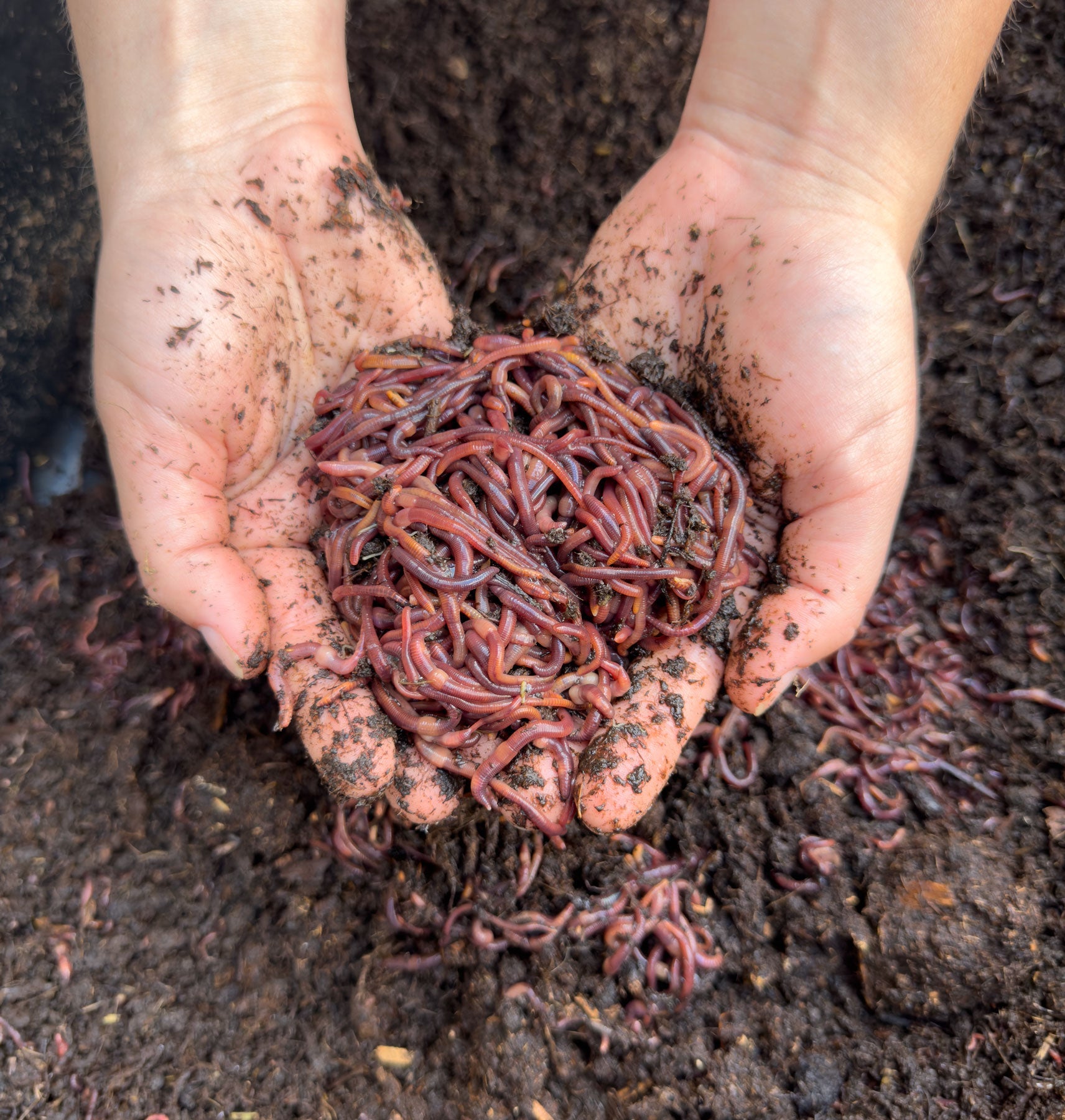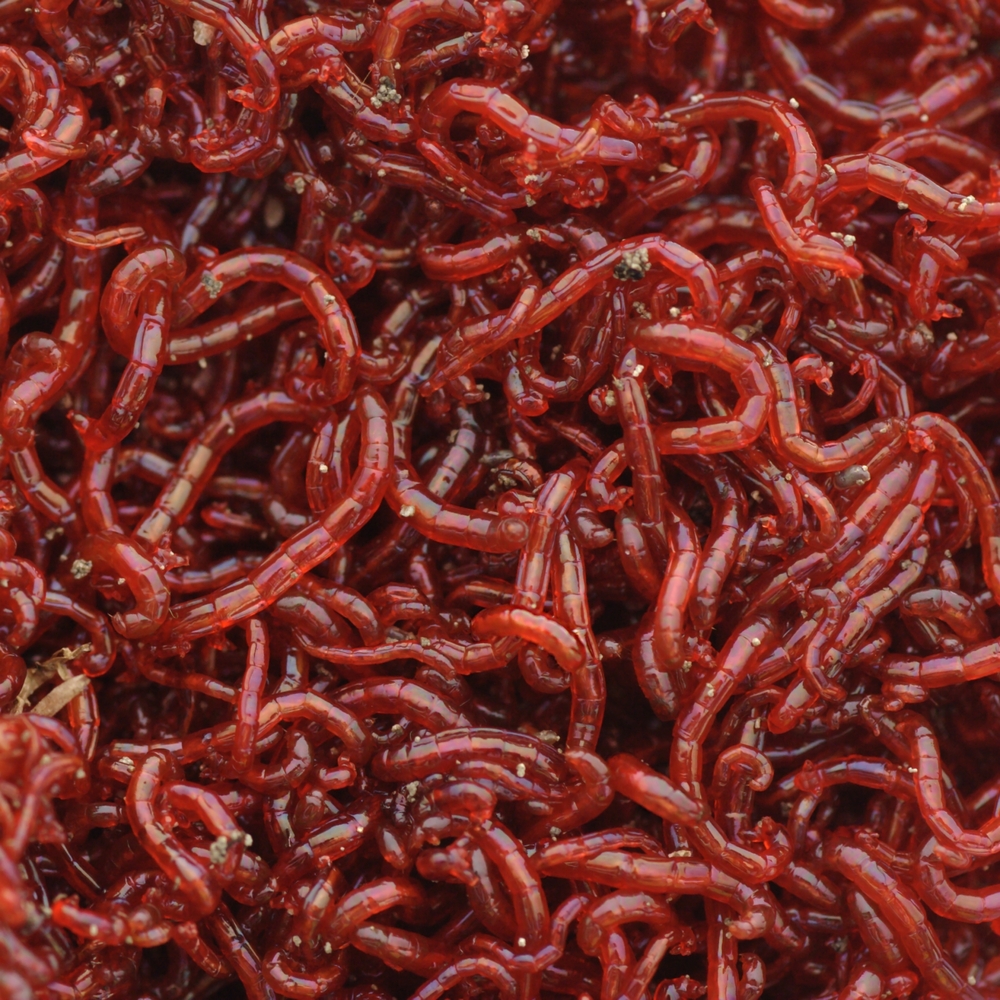Versatile red wigglers: For small-scale composting
Versatile red wigglers: For small-scale composting
Blog Article
Every Little Thing You Need to Know Concerning Red Wigglers for Composting
Red wigglers, or Eisenia fetida, play an essential role in the world of composting, changing natural waste right into useful dirt modifications. The process of establishing up a worm bin and keeping it can pose challenges.
What Are Red Wigglers?

(red wigglers)
Indigenous to The United States and copyright, red wigglers are surface-dwelling organisms that like wet, cozy habitats rich in decaying organic issue. Their diet consists mostly of rotting plant material, food scraps, and other organic particles, which they take in and break down efficiently. As they digest this product, they create nutrient-rich spreadings that enhance soil fertility.
Red wigglers are hermaphroditic, possessing both male and women reproductive organs, and can recreate promptly under optimum conditions. In general, red wigglers are vital factors to the process of reusing organic waste right into useful garden compost.
Advantages of Making Use Of Red Wigglers
Using red wigglers in composting systems offers numerous advantages that improve both the efficiency of waste management and the high quality of the resulting garden compost. These worms, scientifically known as Eisenia fetida, are especially efficient at breaking down natural issue, transforming kitchen scraps and yard waste into nutrient-rich compost at an accelerated price.
Among the main benefits of utilizing red wigglers is their capability to take in big amounts of natural material, usually refining their weight in food waste daily. This high usage price leads to much faster decay and minimizes the volume of waste sent out to landfills. The castings created by red wigglers are abundant in vital nutrients, helpful bacteria, and enzymes, making them an excellent fertilizer for gardens and plants.
Furthermore, red wigglers prosper in a variety of environments, making them versatile for both indoor and outside composting systems - red wigglers. Their presence in a garden compost bin assists to freshen the material, preventing odors and promoting a healthy composting process. Generally, employing red wigglers not just adds to effective waste monitoring however also sustains sustainable horticulture methods via the manufacturing of high-grade compost
(Lake James Bait)
Setting Up Your Worm Bin
To effectively establish a worm bin, it is vital to pick an appropriate container that meets the needs of red wigglers while supplying a helpful environment for composting. An appropriate container can be made from plastic, wood, or metal, with an ability of at the very least 1 square foot for each extra pound of worms.
Ensure the container has adequate water drainage openings to prevent excess wetness, as red wigglers prosper in a moist, however not waterlogged, setting. red wigglers. The bin ought to also be ventilated to supply enough airflow, protecting against anaerobic problems that might damage the worms
A perfect area for the worm bin is an awesome, dark area, devoid of straight sunshine and severe temperatures, as red wigglers choose a temperature level series of 55 to 77 degrees Fahrenheit.
Prior to introducing the worms, prepare bed linen materials such as shredded paper, cardboard, or coconut coir, which will certainly supply both habitat and food. Dampen the bedding gently to develop an inviting atmosphere for the worms. Consider positioning a cover on the bin to maintain moisture and minimize pests, while guaranteeing it can be easily removed for upkeep.
Feeding and Care Standards
Feeding red wigglers is an important facet of preserving a healthy composting system. These worms prosper on a diverse diet plan, mainly composed of organic products such as vegetables and fruit scraps, coffee grounds, and crushed eggshells. It is necessary to prevent feeding them meat, dairy, and oily foods, as these can produce undesirable smells and bring in pests.
When introducing food to your worm Lake Rhodhiss Worms container, slice or shred products into smaller sized items to facilitate quicker disintegration. Beginning with small amounts to assess the worms' usage rate, progressively raising the amount as they adjust. It is advisable to alternate feeding places within the bin to encourage thorough blending and oygenation of the garden compost.

Troubleshooting Common Issues
Maintaining a flourishing worm composting system can sometimes present difficulties that need interest and troubleshooting. Typical problems include an unpleasant smell, which frequently shows overfeeding or the existence of anaerobic problems. To correct this, minimize the amount of food added and guarantee appropriate aeration by blending the bed linen material.
An additional regular problem is the escape of worms from the bin. This can take place as a result of too much wetness or inappropriate environmental problems. On a regular basis inspect the dampness levels, aiming for a moist however not soaked consistency, and preserve optimum temperatures in between 60-80 ° F(15-27 ° C )to produce a comfy habitat for your red wigglers.
Pests, such as fruit flies, can likewise attack worm bins. red wigglers. To battle this, cover food scraps with a layer of bedding or shredded paper to hinder flies from laying eggs. Additionally, ensure that any food included is fresh and without mold and mildew, which can attract undesirable pests
Lastly, if your worms appear inactive, examine for stress elements such as temperature level variations or poor wetness. Resolving these usual concerns will certainly aid maintain a healthy and effective worm composting system.
Verdict
In summary, red wigglers, or Eisenia fetida, play an essential function in sustainable waste management via vermicomposting. Appropriate arrangement and maintenance of a worm container, along with adherence to feeding guidelines, make certain a successful community that decreases garbage dump payments.
Report this page